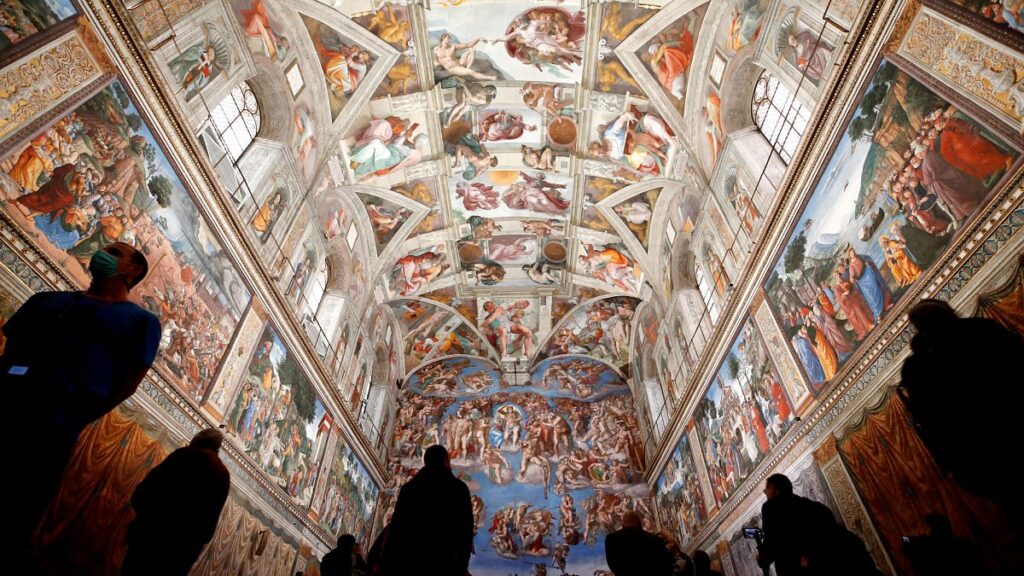The papal conclave will begin 15-20 days after the death of pope Francis. The closed-door assembly of the College of Cardinals – limited to 120 electors under current regulations – will be locked inside the Sistine Chapel, and start proceedings with a mass.
In the afternoon a first ballot will be held. After each round, the ballots are burned. Black smoke signals an inconclusive vote; white smoke announces to the world that a new Pope has been chosen.
Conclaves can last as little as one day but they have been known to go on for years too: here are a few of the historical outliers:
The Longest
Conclave of 1268–1271
Length: 2 years, 9 months
Location: Viterbo, Italy
Reason for delay: Deep divisions among the cardinals, particularly between French and Italian factions, caused an impasse. Eventually, the local magistrates locked the cardinals in and even removed the roof of the palace to pressure them.
Result: Election of Pope Gregory X
Conclave of 1314–1316
Length: 2 years, 3 months
Location: Lyon, France
Reason for delay: Political conflict between French and Italian cardinals.
Result: Election of Pope John XXII
Conclave of 1415–1417
Length: 2 years
Location: Constance (part of the Council of Constance)
Reason for delay: It was part of the effort to end a great schism in the church, with multiple claimants to the papacy.
Result: Election of Pope Martin V, ending the schism.
The shortest
Conclave of 1503 (October)
Length: A few hours
Elected: Pope Julius II
Context: Giuliano della Rovere was a powerful cardinal and widely favoured—he was elected almost immediately after the conclave opened.
Conclave of 1939
Length: 1 day (March 1–2)
Elected: Pope Pius XII
Context: Eugenio Pacelli, the Secretary of State under the previous pope, Pius XI, was the clear favourite and received overwhelming support on the third ballot.
Conclave of 2005
Length: 2 days (April 18–19)
Elected: Pope Benedict XVI
Context: Cardinal Joseph Ratzinger, a well-known theologian and Dean of the College of Cardinals, was elected quickly after just four ballots.
Read the full article here
